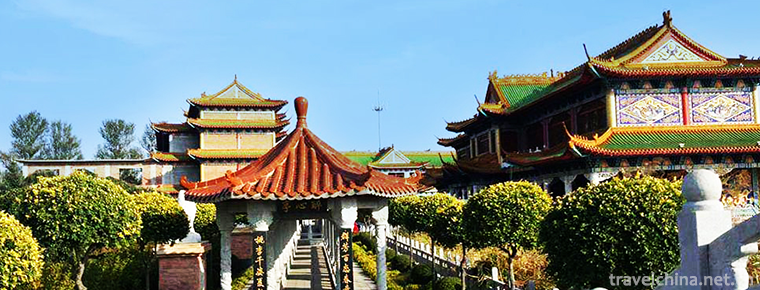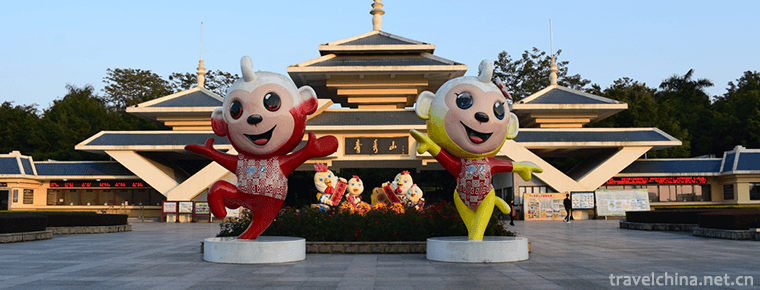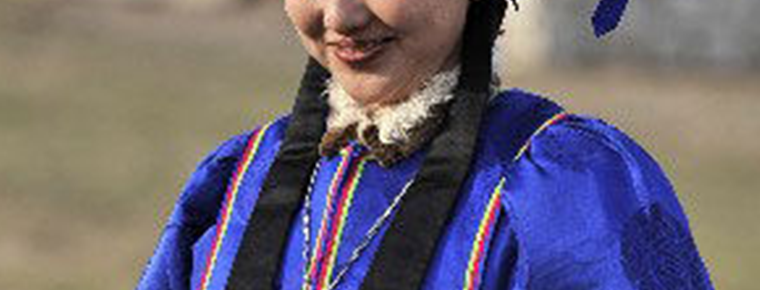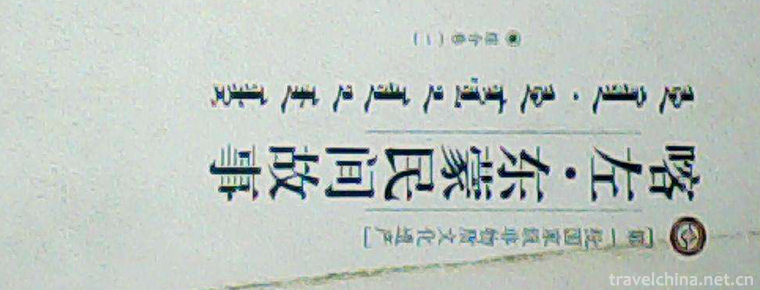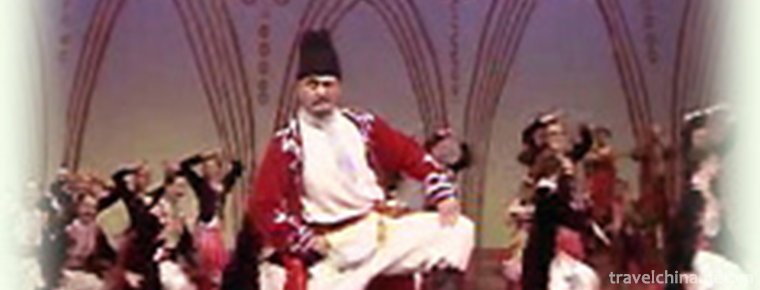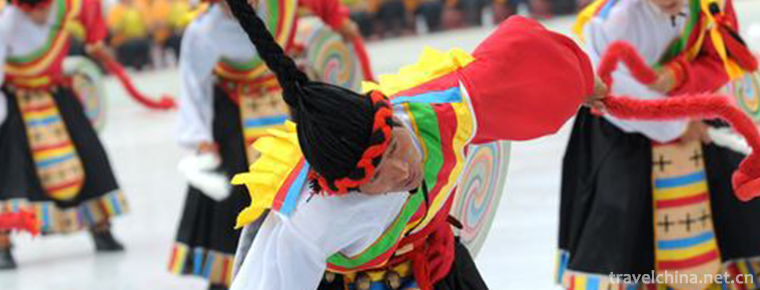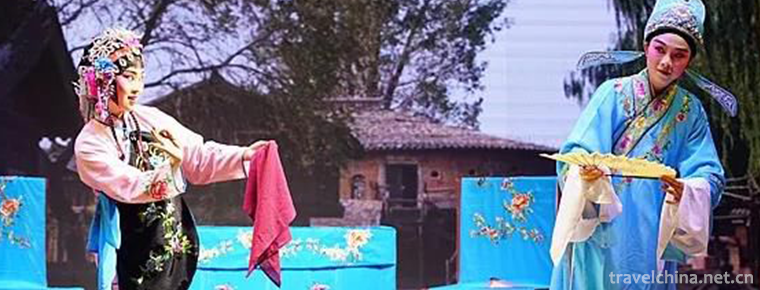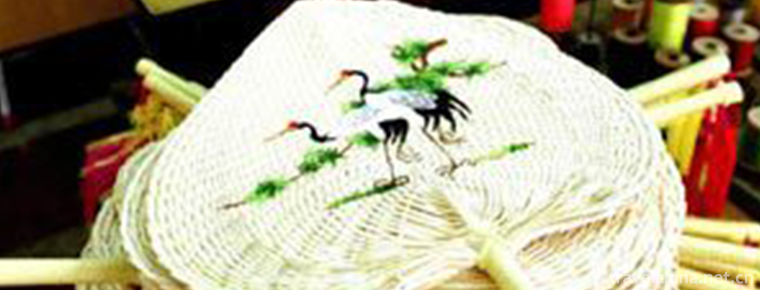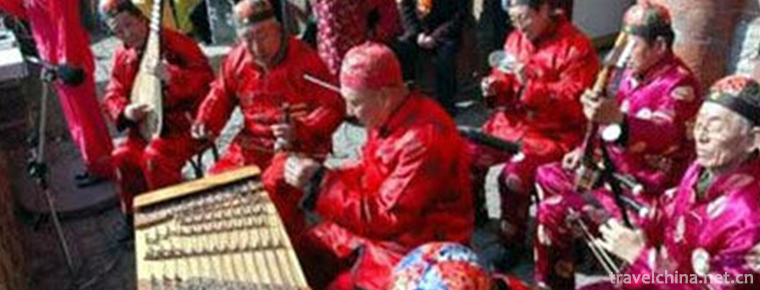Traditional archery
Traditional archery
The traditional bow is an ancient invention consisting of three parts: wood, horn and tendon. The manufacturing process is complex and the materials used are various, and the workmanship and material selection should be based on the appropriate season and climate.
introduce
Traditional bow is an ancient invention. There is a tradition of making bows and arrows in ancient China. It was first reported that bows and arrows were invented in the period of Emperor Xuanyuan. China's traditional bow manufacturing technology is very superb, which plays a very important role in our ancient military war. Traditional bow has played a very important role in ancient and modern China. Our country still retains the traditional bow making technology, which is a very precious national cultural heritage. It has a very high cultural value for the study of China's social development, etiquette and entertainment, weapons technology, production and life, sports and other aspects. The traditional bow is a precious cultural heritage left to us by the ancients. We should protect and inherit the traditional handicraft craftsmanship of China and carry it forward.
Component
The traditional bow consists of three parts: wood, angle and tendon. The composite bow without the upper chord bends outward, and the back of the bow (the target-oriented side) is made of wood. The back of the bow also includes three parts: a pair of arms and a bow. Maple (maple), dogwood or mulberry trees are mostly used in the wooden part, or many kinds of wood are used at the same time.
The bow (facing the shooter) is angular. The angle is used to strengthen the bow arm. Nomads choose buffalo horns or wild goat horns. Because buffalo horns are more flexible and longer than those of other animals, buffalo horns are most popular among nomadic peoples.
Ancient ancestors used fish glue to stick the hind leg tendons (from cattle, deer, etc.) to the wooden back of the bow. The reason is that the tendon is like a rubber band, which can quickly return to its original position after pulling, greatly speeding up the speed of the arrow.
The ends of a pair of wooden bow arms are fitted with ears/siyah. Most historians believe that this was the invention of the Huns. Bow crossbow strengthens the bowstring's potential and reduces the force needed to pull the bowstring, so that the arrows fired by the composite bow have stronger lethality.
structure
Bowstring
Ancient ancestors used animal tendons, horse bristles, or grapevines to make strings. Scythians even used cow sausages to make strings. As for Turks, they are famous for their silk strings.
arrow
Most arrowheads have needles, which are different from those that are popular in Europe. There are many explanations, and historians point out that this is for self-defense. If the arrow is only inserted into the arrow rod, it will reduce the ability of the arrow rod to absorb the impact force. The arrow rod is easy to break, so the archer can prevent the opponent from using his own arrow to fight back. However, materials suitable for making arrows are scarce in the prairie, and nomads are unlikely to waste arrows in self-defence.
A more reasonable explanation is that this method of making arrowheads is not only simple, but also takes a relatively short time, which is good for the nomadic people who have little human and material resources.
Arrow poles are usually made of reed or bamboo, and birch and dogwood are also used to make arrow poles. Arrow feathers are made from the feathers of waterbirds, such as geese and ducks. The arrow pole has two or four arrow feathers, which makes the arrow more stable in flight.
String pulling tool
The Archer will wear a thumb ring (or wrench finger) to prevent the thumb from being cut by strings. The nomads of the mid-latitude grasslands make thumb rings from skin, bone, horn, metal or stone. In order to speed up archery, the inside of the thumb ring is usually grooved or grooved to fasten the chord.
Bow bags and arrows
Skytai's archers combine bow bags with arrows. The bags are called gorytos. Gorytos has a bag on the front for shooting arrows. Skythe's Archer hooked gorytos to his belt. This design was adopted by early Salmatians.
As the bows grew longer and longer, gorytos could not bear them. Huns, Yavars, Turks and Mongolian archers separated bowbags and arrows. They usually put bow bags on the left and arrows on the right. There are two ways for archers to place bow bags and arrows. One is to hang bow bags and arrows on the waistband, the other is to hang bow bags and arrows on the shoulder with a belt.
Development
The bows used by the Cesians and Salmatians are relatively short and less than 80 centimeters in length. As time goes on, the length of the bow increases.
Hunnish bow, also known as Hunnish bow, is more than 120 centimeters long. Archaeologists believe that the Huns first used bows and crossbows, so the Huns bows were more powerful. The upper arm and the lower arm of the Hun bow are different in length, and the upper arm is longer than the lower arm. The aim is to facilitate riding and shooting.
The bow of the Yavars bears the bow of the Huns, and its length has not changed much. However, the angle and shape of bow and crossbow are different from those of Hun. The bows used by the Mongols are similar to those used by the Yavars. The difference between them lies in the angle of bow and crossbow. When the bow is not stringed, the bow of the latter bends 30 degrees inward, while the bow of the former bends 60 degrees inward. Mongolian archers are equipped with short-range and long-range bows.
Present situation
Although the traditional bow still retains its manufacturing technology, it is still facing the status quo of loss due to the lack of protection in recent years. The inheritor of traditional bow manufacturing technology was a royal craftsman in the early Qing Dynasty, whose manufacture and sale were managed by the Qing government. After the collapse of the Qing government, it became a folk workshop because no one took over it. At present, the inheritor of traditional bow in our country is still not optimistic, working conditions and environment are very poor, and there is no apprentice to inherit his craft. If we do not take measures of protection and inheritance, the loss of traditional bow making technology will be a problem sooner or later.
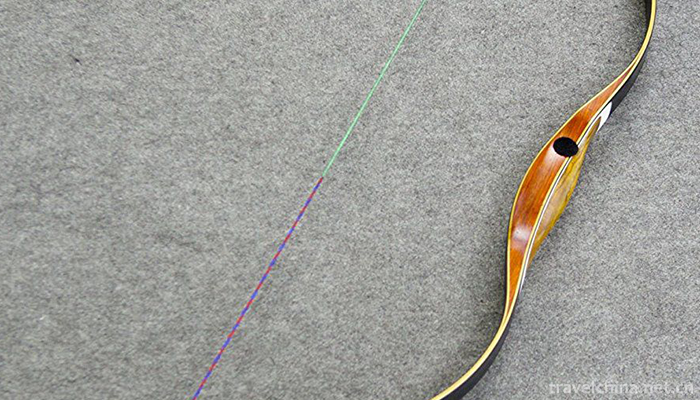
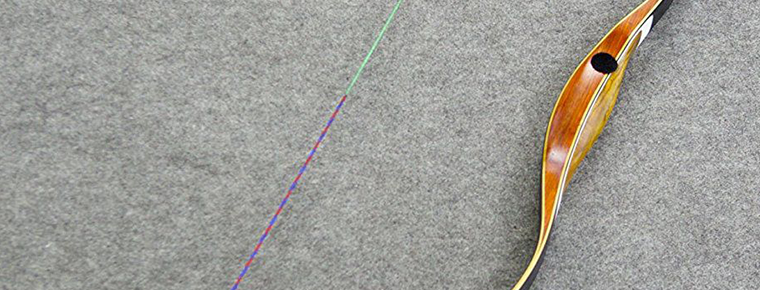
Traditional archery
-
Sannong Expo Park
Shenyang Sannong Expo Park is located in the south of Daliutun Town, Xinmin City, Liaoning Province. It is 15 kilometers away from Xinmin City and 75 kilometers away from Shenyang City. It was built i
Views: 141 Time 2018-12-18 -
Qingxiushan Mountain
Qingxiushan Scenic Area is a national AAAAA scenic spot in Nanning. Qingxiu Mountain is a key scenic spot in Nanning. In addition to protecting and restoring the original historic sites
Views: 240 Time 2019-02-07 -
Ewenki costumes
The Ewenki people belong to the Tungusic race, and their clothing materials are mainly animal skins, as do the Tungusic people such as Manchuria and Xibo.
Views: 289 Time 2019-04-28 -
Eastern Mongolian Folk Stories in Kazuo
The Folktales of Kazuo East Mongolia are spread in an oral literature in the left-wing Mongolian Autonomous County of Karaqin. Folk narrators, in the traditional way of oral narration and singing,
Views: 129 Time 2019-05-08 -
Nazikum
Nazikum is a folk dance performance that combines instrumental performance, competitive performance, mime performance and rap. The unique squatting dance is the leading style in Uygur folk songs and d
Views: 162 Time 2019-06-07 -
Guozhuo Dance in Shannanchang
Shannanchang Guozhuo Dance is a kind of waist drum, which originated in Dabu (now Jiacha) area. Legend has it that in the mid-eighth century, with the help of Buddhist masters such as lotus and peanut
Views: 214 Time 2019-06-13 -
Shouning North Road Drama
Shouning North Road Opera, commonly known as Fujian Random Bomb and Hengshao Opera, came into being after Random Bomb entered Fujian in the mid-Qing Dynasty, such opera troupes as road work, off-road
Views: 155 Time 2019-06-15 -
Xinhui Sunflower Art
Xinhui Sunflower Art, a traditional Chinese handicraft, originated in Xinhui District, Jiangmen City, Guangdong Province. Xinhui Sunflower Art has a history of more than 1600 years, and became famous
Views: 137 Time 2019-07-06 -
Yulin Xiaoqu
The lyrics of Yulin Xiaoqu are integrated with elegance and vulgarity. In terms of language style and structure, there are not only words used by ordinary scholars, but also local dialects and dialect
Views: 182 Time 2019-07-14 -
Beijing Wuzi University
Beijing Wuzi University is a public institution of higher learning which is characterized by logistics and circulation, based on economic disciplines, with management disciplines as its main branches,
Views: 327 Time 2019-09-06 -
Warm tips for Chengdu Giant Panda Base
Giant pandas live in dense bamboo forests at an altitude of 2600-3500 meters. The annual temperature is lower than 20 ℃ and likes cold and afraid of heat. When the weather is cool, the giant panda will carry out activities in the outdoor playground. When the outdoor
Views: 192 Time 2020-12-13 -
History of Deyang
In ancient times, it was a place of hundred PU. In the fifth year of King Shenliang of Zhou Dynasty (316 BC), that is, in the ninth year of gengyuan, King Huiwen of Qin Dynasty, Qin destroyed the two states of Bashu and established two prefectures of Bashu. Today, Deyang Prefecture belongs to Shu Prefecture. County under the county, County Pavilion.
Views: 139 Time 2020-12-14
